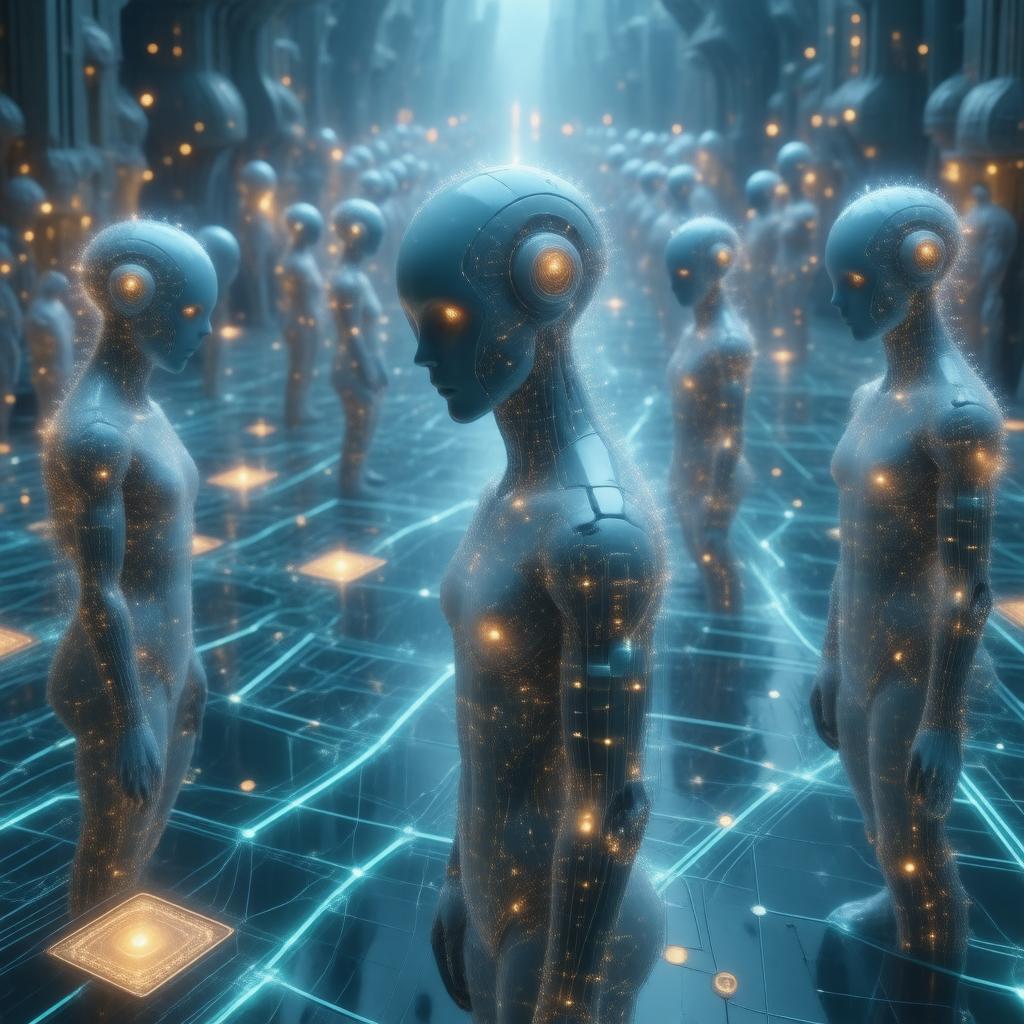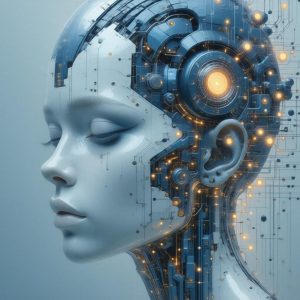Artificial Intelligence has evolved significantly over the years, and one fascinating approach that’s gaining traction is Agent-Based AI. Think of these AI agents as digital workers, each programmed to make independent decisions while working together toward common goals – much like employees in a company.
Understanding Agent-Based AI
Agent-Based AI systems consist of autonomous software programs (agents) that can perceive their environment, make decisions, and take actions without constant human supervision. These agents interact with each other and their surroundings, learning and adapting as they go – similar to how we humans navigate our daily lives.
Key Characteristics of AI Agents
• Autonomy: Agents operate independently and control their own actions
• Reactivity: They respond to changes in their environment
• Social ability: Agents can communicate and cooperate with other agents
• Proactivity: They take initiative to achieve their goals
• Learning capability: Agents improve their performance through experience
Real-World Applications
Agent-Based AI is revolutionizing various industries with practical applications that make our lives easier and more efficient.
Smart Home Systems
Your smart home devices are perfect examples of AI agents in action. Each device – from thermostats to security cameras – works independently while communicating with others to create a comfortable, secure living environment. When your smart thermostat learns your schedule and adjusts the temperature accordingly, that’s an AI agent at work.
Traffic Management
Cities are using Agent-Based AI to optimize traffic flow. Individual traffic lights act as agents, sharing information about traffic patterns and coordinating their signals to reduce congestion. These systems can reduce travel times by up to 25% in some urban areas.
Financial Markets
Trading algorithms are essentially AI agents that analyze market conditions, make trading decisions, and execute transactions in milliseconds. These agents can process vast amounts of data and react to market changes faster than any human trader.
Benefits and Challenges
Advantages
• Improved efficiency through parallel processing
• Better problem-solving through distributed intelligence
• Enhanced scalability and flexibility
• Reduced system complexity through modular design
Challenges
• Ensuring proper coordination between agents
• Managing potential conflicts between agent goals
• Maintaining security in distributed systems
• Balancing autonomy with control
Future Implications
The future of Agent-Based AI looks promising, with emerging applications in healthcare, manufacturing, and urban planning. Imagine hospital equipment that coordinates patient care automatically, or factory robots that reorganize production lines based on real-time demand.
Impact on Society
As Agent-Based AI systems become more sophisticated, they’re reshaping how we work and live. While some worry about job displacement, these systems are creating new opportunities and solving complex problems that were previously impossible to tackle.
From optimizing supply chains to managing renewable energy grids, Agent-Based AI is becoming an integral part of our technological infrastructure. Understanding its capabilities and limitations helps us better prepare for a future where human intelligence and artificial agents work together seamlessly.
Whether we’re talking about virtual assistants coordinating our calendars or autonomous vehicles navigating city streets, Agent-Based AI represents a significant step forward in creating more intelligent, responsive, and efficient systems that enhance our daily lives while tackling some of society’s biggest challenges.



